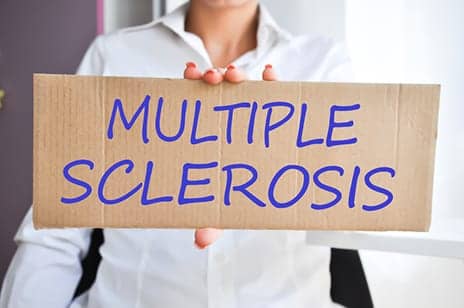Performing balance and eye movement exercises while processing sensory information may help people with multiple sclerosis improve their balance and fatigue issues, according to researchers.
“Most rehabilitation programs to improve balance have focused mainly on strength exercises and balance exercises that are not designed for the specific problems of people with MS,” says Jeffrey R. Hebert, PT, PhD, of the University of Colorado School of Medicine in Aurora.
“We wanted to see if performing balance and eye movement exercises while processing multiple different sensory information could help people improve their balance and fatigue issues,” adds Hebert, author of the study, published in Neurology.
The study, conducted by Hebert and his research team, included 88 people with MS, all of whom were able to walk 100 meters with no more assistance than using a cane or other device on one side. The participants then completed assessments of their balance, fatigue, dizziness, and other factors.
Half of the participants then completed 6 weeks of supervised exercises twice a week plus instructions for exercising every day at home; for the next 8 weeks, they had one supervised exercise session each week, plus the daily exercises at home. As a control group, the rest of the participants were told that they were on a waiting list for the program. All of the participants were tested after 6 weeks and again at the end of the program, notes a media release from American Academy of Neurology.
The exercises included balancing on different surfaces and while walking, both with and without head movements and eyes open and closed, as well as eye movement exercises to help improve visual stability.
After 6 weeks, those who had completed the exercise program had improved in their balance compared to the control group. On a computer-based balance test where healthy adults with no balance issues reach a score of around 90 or better out of 100, the scores of those who completed the exercise program went from an average of 63 at the start of the program to an average of 73 at 6 weeks, compared to scores of 62 at the start to 66 at the end for the control group. The improvements were still evident at the end of the study.
The people who did the exercises also improved on the fatigue and dizziness tests compared to the control group.
Hebert states in the release that further studies are needed to determine if improvements can be sustained and to directly compare this exercise program to other balance training programs.
[Source(s): American Academy of Neurology, Science Daily]



